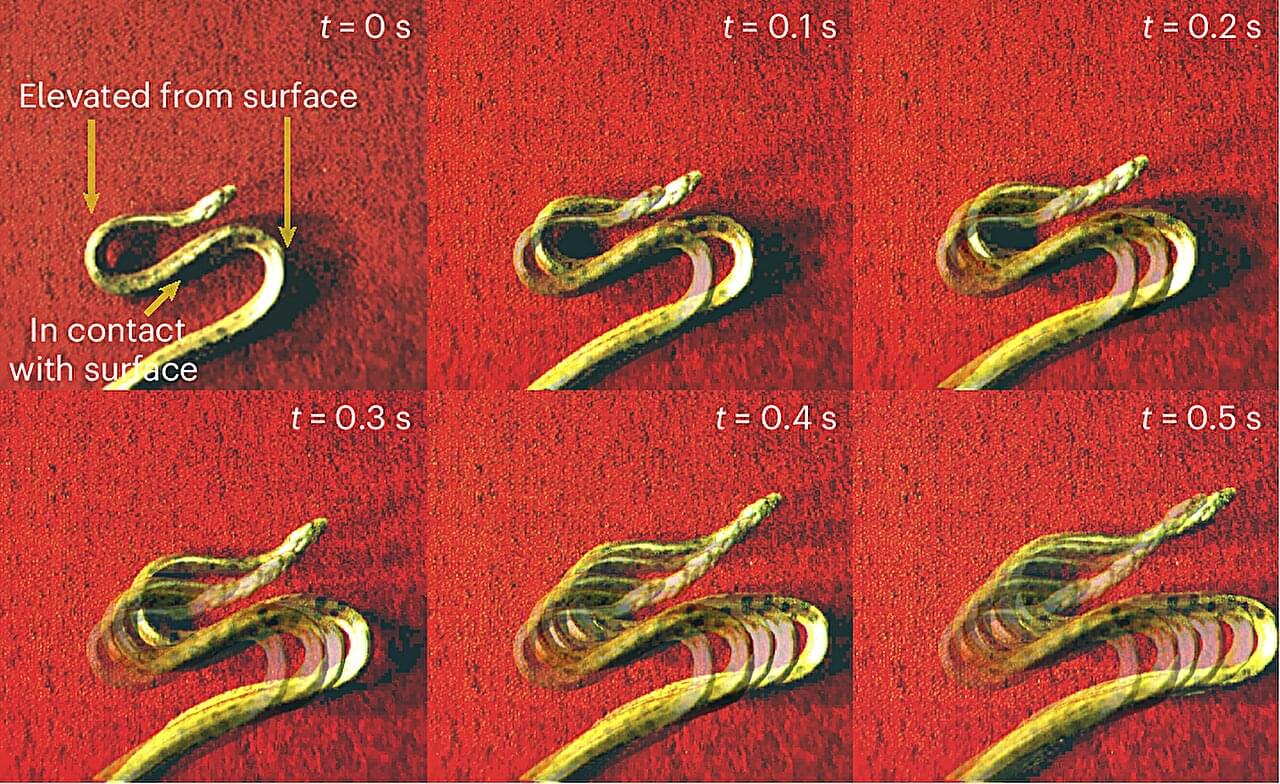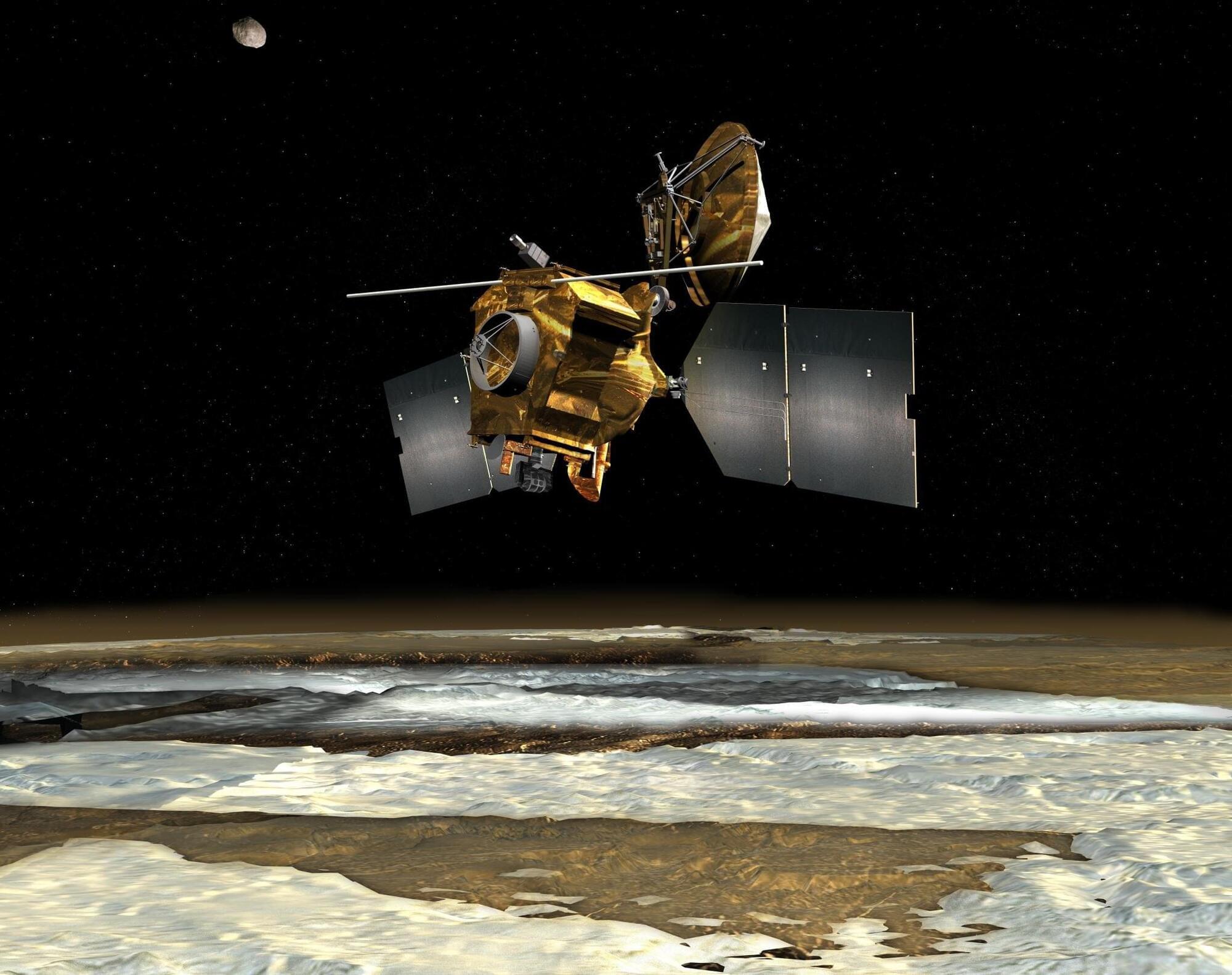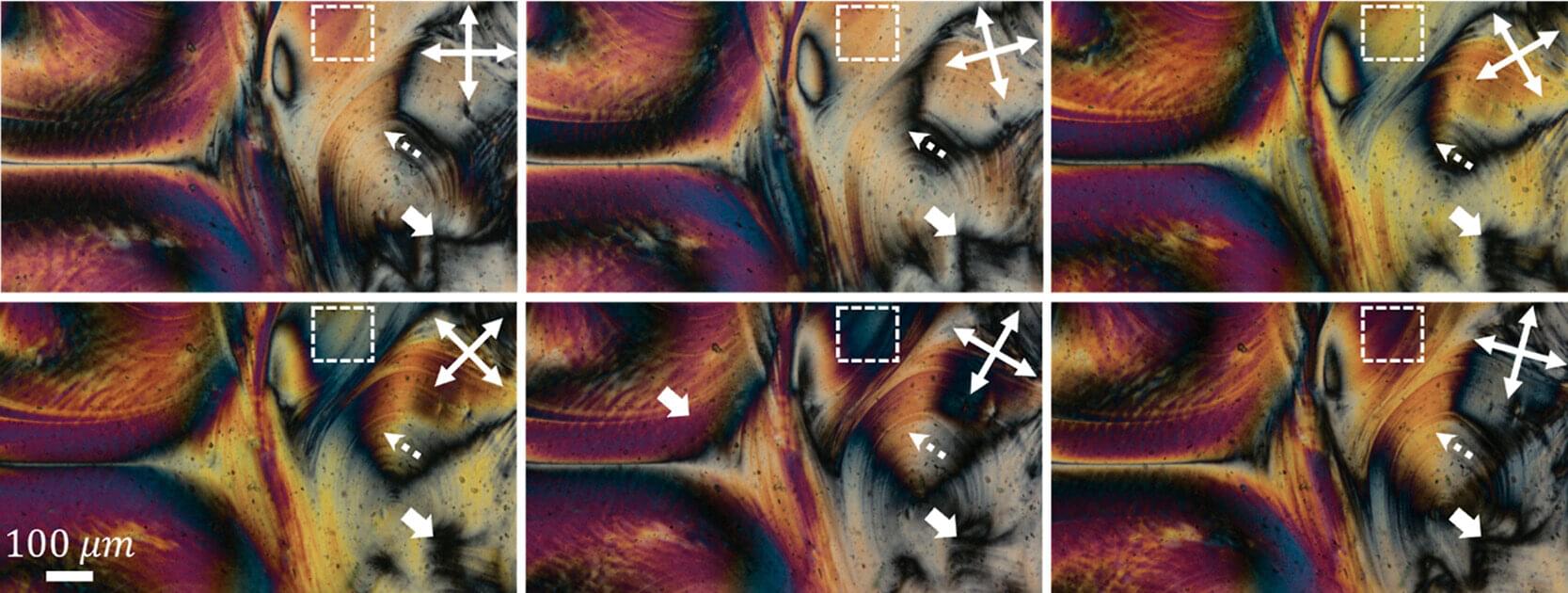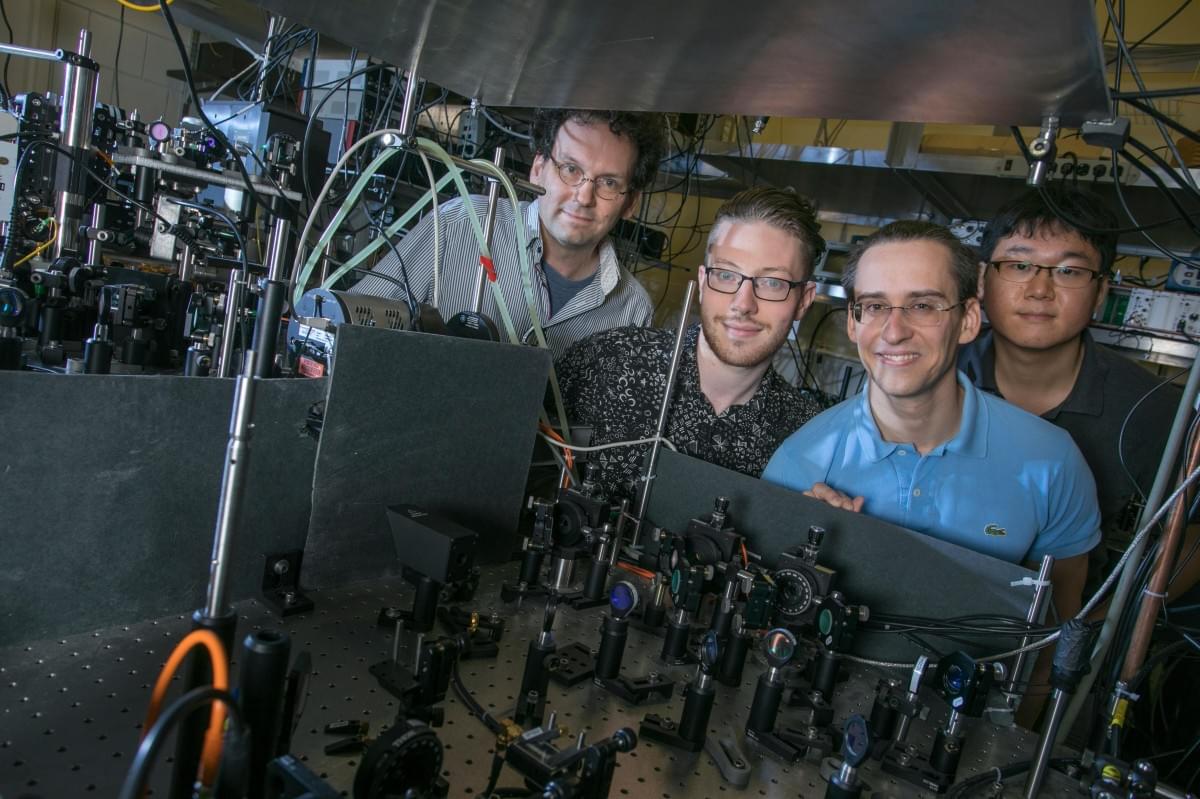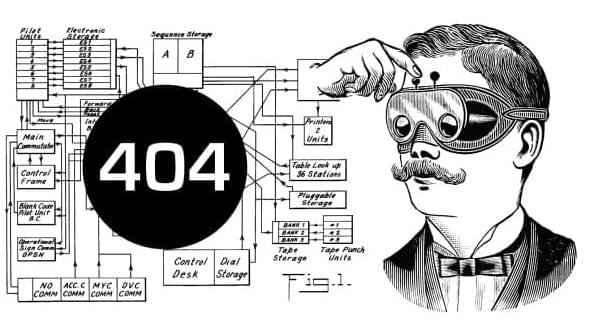The motion of snakes has long fascinated humans: they undulate, they sidewind, they crawl, they even fly.
Together with herpetologists, researchers in the Harvard John A. Paulson School of Engineering and Applied Sciences (SEAS) have discovered and quantified a new type of locomotion in juvenile anacondas.
As adults, these large snakes are better known for their slow, lumbering gait, but the researchers discovered that young anacondas are much more spry—capable of a quick, one-off, skating movement the researchers dubbed the “S-start” due to the shape the snake makes with its body.
